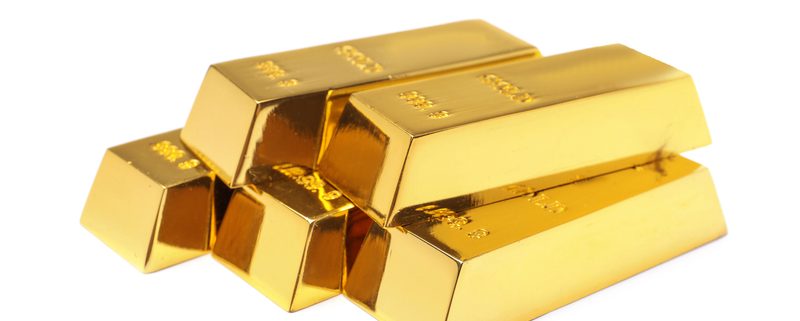What Can’t You Hold in a Self-Directed Gold IRA?
What Can’t You Hold in a Self-Directed Gold IRA?
With rumors of inflation flying and a lot of people uncertain about the economic future, it is no wonder that some people like to plan out how they can invest securely in a Self-Directed IRA. And one of the most common strategies people use is to diversify their portfolio by adding gold, silver, and/or other precious metals. But what are the limits of using gold within an IRA—and what should investors know before getting started? You will find the answers here.
What is a Self-Directed Gold IRA?
First things first: there is not a “Gold IRA,” at least in terms of how the government defines it. People often refer to it as a “gold IRA” when you use a Self-Directed IRA to hold precious metals, however. For similar reasons, you may hear some people refer to specific accounts as “Real Estate IRAs.” The truth is, these are the same types of accounts as anyone can open—but used in different ways.
When you hear about a “Gold IRA,” do not think of it as a unique account type, or something that only sophisticated people with teams of accountants can do. If you know the rules and work with a reputable Self-Directed IRA administration firm, you can accomplish the same.
What are the Rules of a Self-Directed Gold IRA?
Let us say you do choose to use gold or other precious metals within an IRA. What are your next steps, and what are the boundaries you have to be aware of? On our precious metals investing guidelines page, we note that there are typically four precious metals that investors look at. These include gold, silver, palladium, and platinum.
However, that does not mean you can pick up a piece of silver jewelry on the street and count it as part of your IRA, complete with tax benefits. There are very specific rules to how you put precious metals “within” an IRA. Here are some of the most important of which you should be aware:
- You are not going to hold the precious metals personally. If you have gold in a safe at home, that can be your property, and maybe even a worthy investment. However, it will not count as a valid retirement investment, complete with the tax protections of an IRA. Instead, you have to hold the precious metals you invest in within an insured approved depository.
- You will be charged an annual fee by most depositories. You will select the depository, and as long as you’re selecting from valid depositories, you can make your choice as to which one to use based on price, if you desire. This can be important, as they will charge you annual fees for storing your precious metals there.
- Only certain types of precious metal products are valid within a Self-Directed IRA. You cannot take your antique silverware to the depository, for example, and make a retirement contribution. Instead, you will be generally limited to bars and coins of high purity (24 karat), with rare exceptions. U.S. Gold Eagles and Silver Eagles are examples of potentially valid investments within a Self-Directed IRA.
Making Sense of the Self-Directed Gold IRA
Working with a Self-Directed IRA administration firm will help you make sense of all this and navigate the world of storing precious metals in a retirement account. The good news is that it is a very low-maintenance style of investing, once you set it up properly. While economic storms may rage around you, working with a good Self-Directed IRA administration firm will help you feel secure that you approached things the right way.
Interested in learning more about Self-Directed IRAs? Contact American IRA, LLC at 866-7500-IRA (472) for a free consultation. Download our free guides or visit us online at www.AmericanIRA.com.






